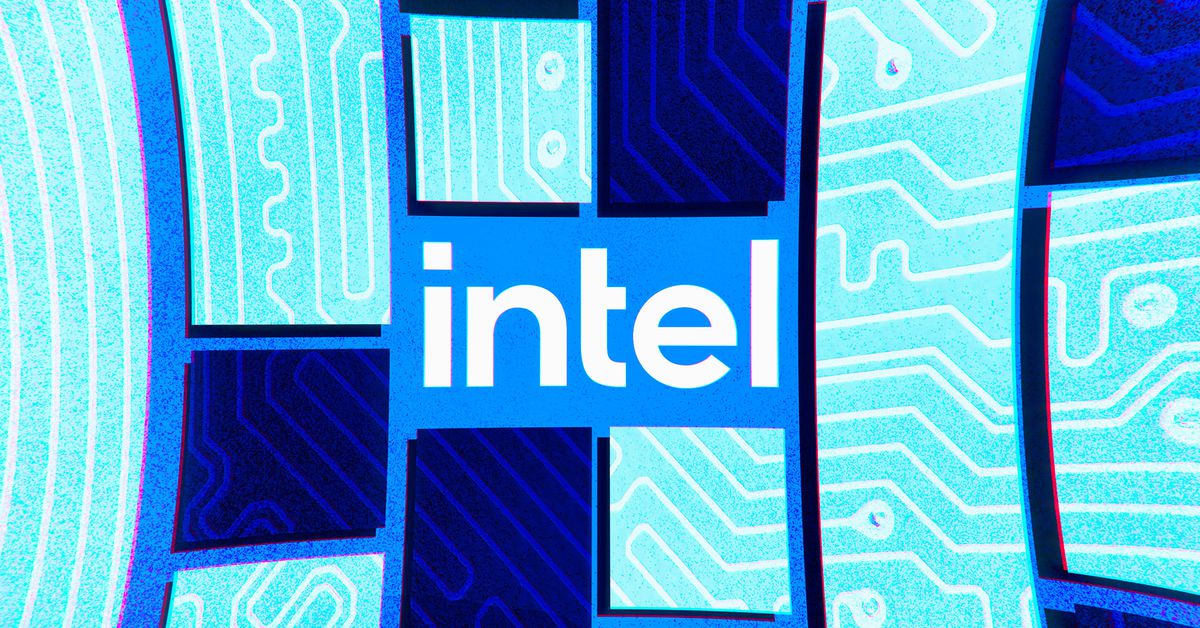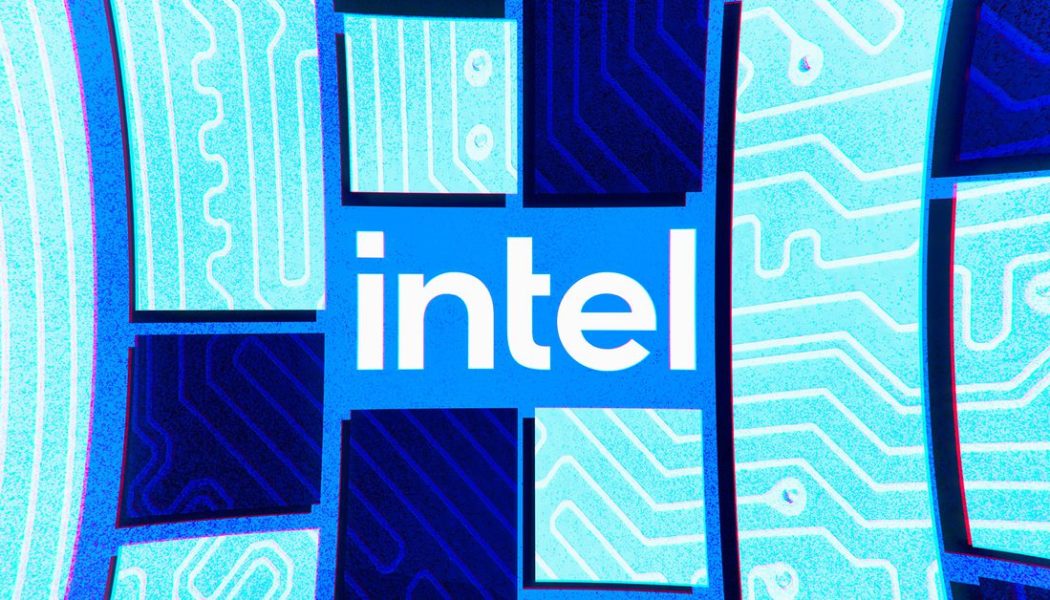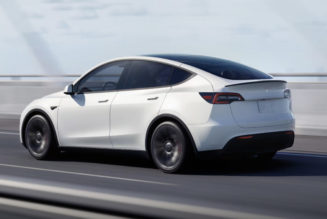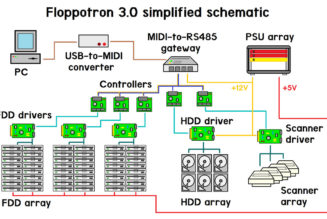
The ongoing global chip shortage is going to be a problem for a lot longer, according to Intel CEO Pat Gelsinger, who reiterated today ahead of the company’s Q3 earnings that he expects the shortage to extend until at least 2023.
“We’re in the worst of it now; every quarter next year, we’ll get incrementally better, but they’re not going to have supply-demand balance until 2023,” Gelsinger told CNBC in an interview.
Intel rival AMD seemed to have more optimistic expectations, with AMD CEO Dr. Lisa Su commenting at the 2021 Code Conference that while supply would be “likely tight” for the near future, “it’ll get better in 2022” as production capacity continues to ramp. “It gets better next year, not immediately, but it’ll gradually get better as more plants come up.” Nvidia, on the other hand, shared a similar expectation of supply issues throughout 2022 for its GPUs.
Intel’s less-than-cheerful outlook comes as the company announced a 2-percent dip in revenue for the Client Computing Group that produces its desktop and laptop chips, led by a 5-percent drop in notebook sales that Intel attributed to “notebook ecosystem constraints” — meaning that laptop companies just don’t have enough parts to go around. It’s a pattern we’ve already seen in other reports, with analysts already highlighting component shortages as a key factor in recently slowed laptop sales.
Part of the problem isn’t always shortages in chips specifically, but rather with combinations of parts. “We call it match sets, where we may have the CPU, but you don’t have the LCD, or you don’t have the Wi-Fi. Data centers are particularly struggling with some of the power chips and some of the networking or ethernet chips,” Gelsinger explains.
Some of that dip was offset by growth in desktop PCs, where Intel saw revenue gains of 20 percent for the category, but those weren’t enough to compensate for the drop in notebook sales. PC sales had been on a downward track for roughly a decade, before the pandemic — and the shift for millions to remote work and school — caused sales to skyrocket again. But with people starting to return to offices and in-person education, that growth was already starting to slow down earlier this year, an issue that’s been compounded by recent component shortages.
Despite the dip in laptop revenue, Intel still saw its total revenue rise by 5 percent year-over-year to $18.1 billion, thanks to big growths in its data center, internet-of-things, and Mobileye groups, although Intel missed its July guidance by $0.1 billion.









